Eustoma, flower meaning, use by florists, growing features
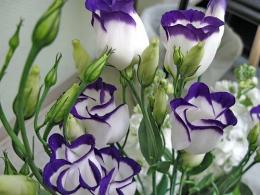
For this wonderful plant there is no difficulty in winning the heart of a gardener; it is certain that this will happen at first sight. The richest decorative qualities eustoma, long freshness after cutting contributes to its popularity and demand among florists, because it is so different, but definitely beautiful.
Content:
- History of the appearance of eustoma
- How do florists use lisianthus?
- How to combine plants correctly in flower arrangements?
- Caring for the capricious Texas bluebell
- Agricultural technology for seed germination
- Growing lisianthus in natural and indoor conditions
History of the appearance of eustoma
The origin of the unique flower eustoma or lisianthus, as it is more often called in Russia, dates back to the 19th century, when the Englishman Richard Salisbury classified and named the flower.

The fate of the plant changed radically only in 1933 after the selection of new plant varieties in Japan. And from that moment on, it spread throughout the world. It is especially popular in many states of America, Mexico, and New Zealand.
Flower meaning eustoma lies in its name, the name comes from the Greek word “Eu” which means “beautiful” and “Stoum” - “mouth”, “mouth”. Fully translated as “lovely mouth.” And lisianthus, this is the second name, sounds like a blossoming or bitter flower.
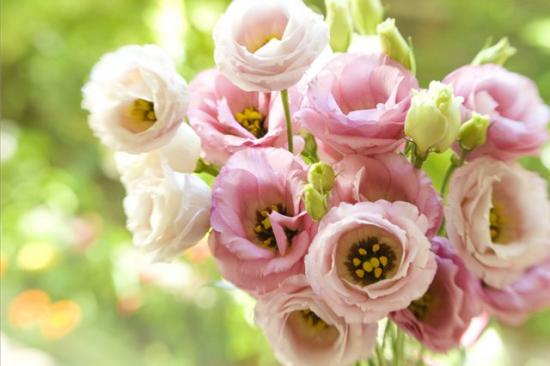
In addition to the official names, the plant has many names from the places where it is cultivated: Japanese, American, Irish, mountain rose, prairie queen, texas bell.
Initially, it did not have such bright colors and diverse shapes. However, breeders have developed flowers of all shades of yellow, lilac, peach, double, with a border and with a combination of several shades.
How do florists use lisianthus?
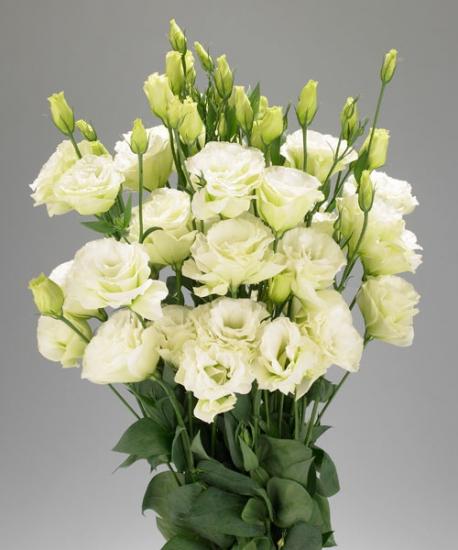
The eustoma flower is very popular in wedding bouquets and compositions because it remains fresh for a long time and retains its presentation, in addition, it adds special meaning to the bouquet.
In the language of flowers it means happiness and joy, so it is an excellent addition to any holiday and for a romantic wedding celebration.
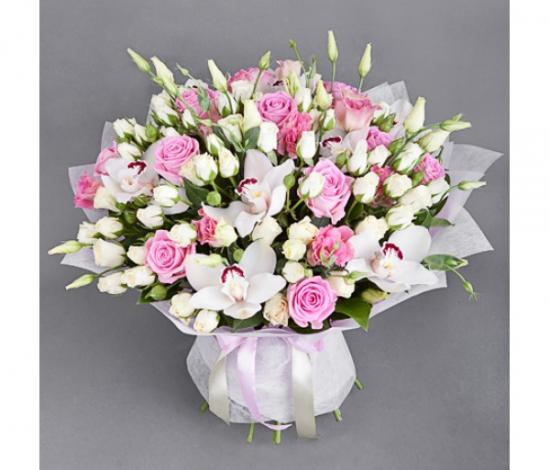
Many people are interested in: what is the symbol of? eustoma? It is associated with purity and innocence, it is presented on dates, it is used to decorate wedding arches and, of course, it is used to make bridal bouquets. After all, every girl dreams of having an exclusive look on her wedding day. The Japanese rose will add sophistication, lightness and tenderness to the bouquet and decorations; it goes well with other flowers, so you can safely experiment with it.
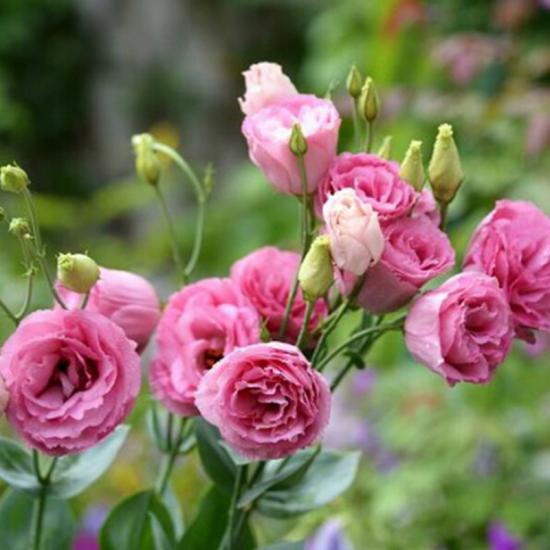
Types of bouquets in which eustoma can be used:
- Ball-shaped, good for young, fragile girls. Their sophistication and tenderness are perfectly emphasized.
- Cascading, waterfall-like formations are formed from lilies, roses, and the Texas bluebell acts as an addition and background.
- Bibermeyer is the most common and classic type of bouquets. This composition is always small, round or oval.
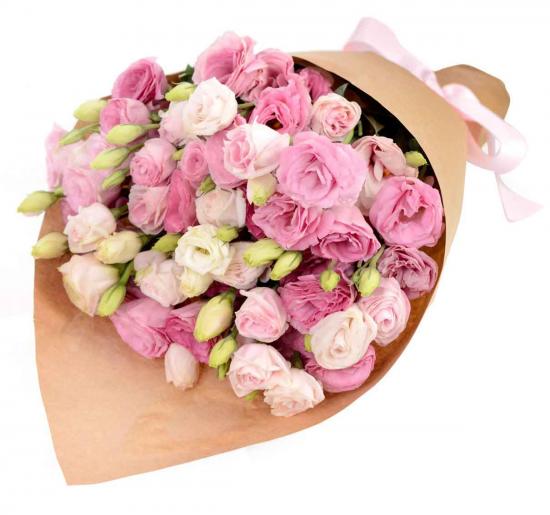
Mono-bouquets can also be formed from the prairie queen.They turn out so lush and airy, they look good as a classic option, but they will also be appropriate for fashionable, stylized celebrations.
A monochromatic bouquet represents love and celebration. It is tied with satin, lace ribbons or regular twine. Here it is important not to overdo it with decor and glitter.
It is possible to form a composition from fully opened buds and not yet opened ones
How to combine plants correctly in flower arrangements?
Magnificent bouquets are made from tandem roses and lisianthus. Plain colors will emphasize the tenderness and touching of the moment, and a combination of several shades looks impressive and original.
Together with freesia brings lightness and airiness, looks good in photographs and looks unconventional. The bride's hair is decorated with freesia, and the plant stems are complemented with pearl beads and a beautiful ribbon.
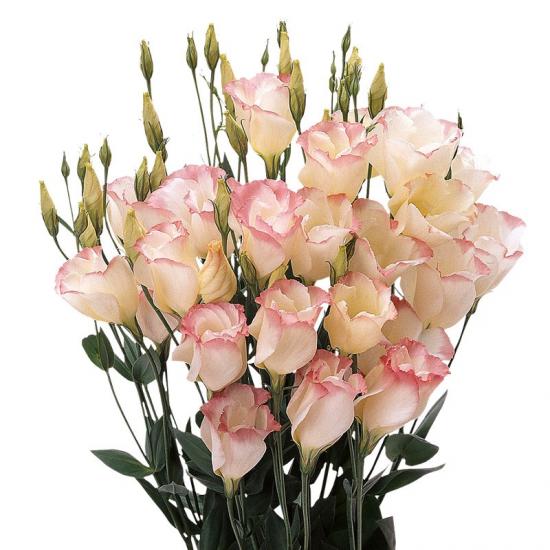
Combination with alstroemeria actively used by florists for fashionable stylish bridal bouquets. Plants complement each other perfectly and come in many color combinations, from pastel tones to the brightest colors.
Lisianthus looks great in pairs and complex compositions with callas, dahlias, chrysanthemums, gerberas and other large buds.
Caring for the capricious Texas bluebell
It has rigid stems, and up to 30 flowers bloom in turn on each shoot. The cup is quite deep. The leaves are oblong with a bluish tint. The color is varied: shining white, all shades of pink, lilac, peach, burgundy, red flowers.
This overseas guest in natural conditions is perennial, however, gardeners care for it in the garden as an annual, and in a house, greenhouse or apartment they grow it as a perennial, it all depends on the gardener’s goals.
Many note that this American guest is quite finicky and difficult to care for.
Agricultural technology for seed germination
Seeded seeds, starting in January. The seeds themselves are small and sold in the form of granules. They germinate rather poorly; 55-60% germination is considered a good result. The soil for germination should be light, not acidic. You can buy it ready-made, or prepare it yourself: mix garden soil, coarse sand and peat. The soil should be moist, the seeds should be spread over the surface, slightly pressed, and sprinkled with water on top.
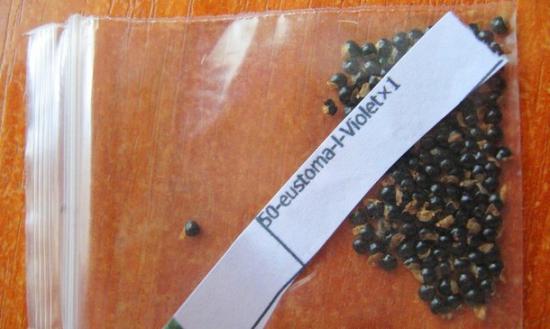
Cover with glass or polyethylene, place in a warm and well-lit place, not forgetting to ventilate daily.
It is advisable to lower the temperature to 10 degrees at night, and add additional lighting during the day. The first shoots appear after one and a half to two weeks. From this moment on, water the seedlings less frequently and move them to a cool place.
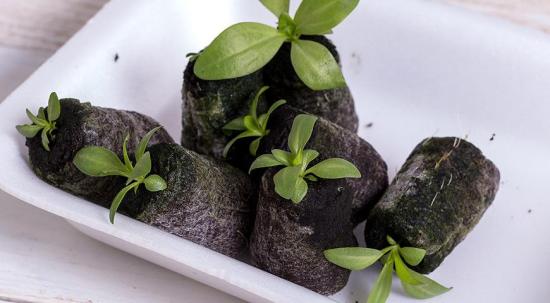
When two leaves appear, they are cropped and transplanted into small separate pots, and after about 100 days they are transplanted to a permanent place on the site or into a pot using the transshipment method.
Growing lisianthus in natural and indoor conditions
Growing on site
The optimal time for planting is early July. Leave a distance of 10-15 cm between seedlings, choose a bright place, without exposure to direct sunlight. Around the same time, the first buds bloom and continue their bloom until frost.
To preserve it in winter, you need to dig it up, plant it in a pot and move it into the house.The only drawback is the lengthy adaptation to the new place, it lasts almost a month.
Growing at home
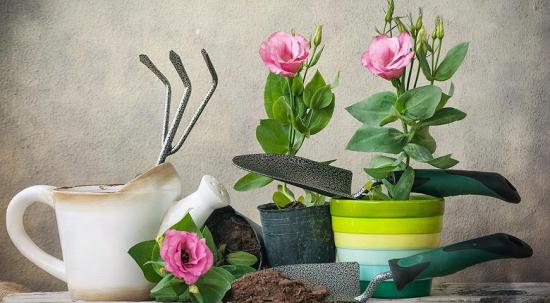
The best place for the Irish rose is light eastern and western windows; it is advisable to place the pot as close to the glass as possible to ensure a day-night temperature difference. After waiting for the end of flowering, the “Texas bell» Dig it up and throw it away.
Although eustoma is a rare guest in our gardens and on windowsills in apartments, interest in it is growing every day. This flower from America remains fresh after cutting for up to three weeks and pleases the eye for a long time with beautiful half-open buds, similar in shape to rose.
With careful care, the capricious lisianthus, one of the most beautifully flowering crops, will give you its beauty all year round.
We learn about the secrets of growing eustoma by watching the video:

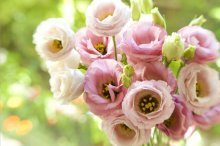
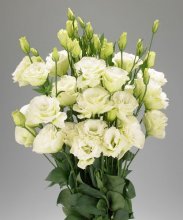
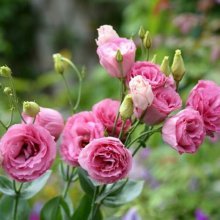
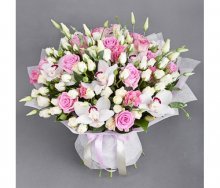
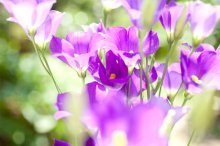
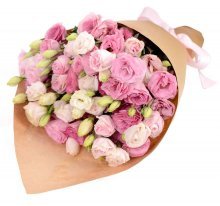

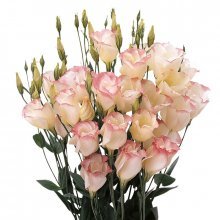


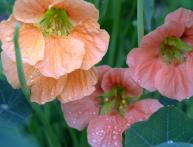

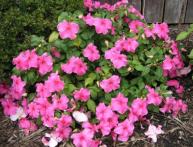




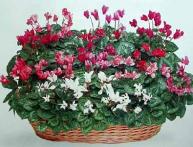
Comments
Eustoma is such a delicate, wonderful and beautiful flower. When I saw it for the first time in the store, I couldn’t take my eyes off it. It’s not for nothing that this flower is so often used in wedding bouquets. It seems that it is intended for them. You should definitely try to grow such beauty at home.
I decided to grow eustoma from seeds. The flower is indeed capricious. Not all seeds sprouted. Then not all the sprouts began to grow. Then not everyone underwent the transplant. As a result, out of 20 peat tablets with sprouts, only 6 remained. And only one gained buds. But how nice it is.